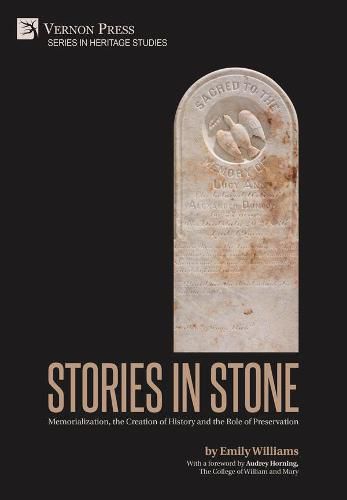Readings Newsletter
Become a Readings Member to make your shopping experience even easier.
Sign in or sign up for free!
You’re not far away from qualifying for FREE standard shipping within Australia
You’ve qualified for FREE standard shipping within Australia
The cart is loading…






This title is printed to order. This book may have been self-published. If so, we cannot guarantee the quality of the content. In the main most books will have gone through the editing process however some may not. We therefore suggest that you be aware of this before ordering this book. If in doubt check either the author or publisher’s details as we are unable to accept any returns unless they are faulty. Please contact us if you have any questions.
In 1866, Alexander Dunlop, a free black living in Williamsburg Virginia, did three unusual things. He had an audience with the President of the United States, testified in front of the Joint Congressional Committee on Reconstruction, and he purchased a tombstone for his wife, Lucy Ann Dunlop. Purchases of this sort were rarities among Virginia’s free black community–and this particular gravestone is made more significant by Dunlop’s choice of words, his political advocacy, and the racialized rhetoric of the period. Carved by a pair of Richmond-based carvers, who like many other Southern monument makers, contributed to celebrating and mythologizing the Lost Cause in the wake of the Civil War, Lucy Ann’s tombstone is a powerful statement of Dunlop’s belief in the worth of all men and his hopes for the future. Buried in 1925 by the white members of a church congregation, and again in the 1960s by the Colonial Williamsburg Foundation, the tombstone was excavated in 2003. Analysis, conservation, and long-term interpretation were undertaken by the Foundation in partnership with the community of the First Baptist Church, a historically black church within which Alexander Dunlop was a leader.
Stories in Stone: Memorialization, the Creation of History and the Role of Preservation examines the story of the tombstone through a blend of object biography and micro-historical approaches and contrasts it with other memory projects, like the remembrance of the Civil War dead. Data from a regional survey of nineteenth-century cemeteries, historical accounts, literary sources, and the visual arts are woven together to explore the agentive relationships between monuments, their commissioners, their creators and their viewers and the ways in which memory is created and contested and how this impacts the history we learn and preserve.
$9.00 standard shipping within Australia
FREE standard shipping within Australia for orders over $100.00
Express & International shipping calculated at checkout
This title is printed to order. This book may have been self-published. If so, we cannot guarantee the quality of the content. In the main most books will have gone through the editing process however some may not. We therefore suggest that you be aware of this before ordering this book. If in doubt check either the author or publisher’s details as we are unable to accept any returns unless they are faulty. Please contact us if you have any questions.
In 1866, Alexander Dunlop, a free black living in Williamsburg Virginia, did three unusual things. He had an audience with the President of the United States, testified in front of the Joint Congressional Committee on Reconstruction, and he purchased a tombstone for his wife, Lucy Ann Dunlop. Purchases of this sort were rarities among Virginia’s free black community–and this particular gravestone is made more significant by Dunlop’s choice of words, his political advocacy, and the racialized rhetoric of the period. Carved by a pair of Richmond-based carvers, who like many other Southern monument makers, contributed to celebrating and mythologizing the Lost Cause in the wake of the Civil War, Lucy Ann’s tombstone is a powerful statement of Dunlop’s belief in the worth of all men and his hopes for the future. Buried in 1925 by the white members of a church congregation, and again in the 1960s by the Colonial Williamsburg Foundation, the tombstone was excavated in 2003. Analysis, conservation, and long-term interpretation were undertaken by the Foundation in partnership with the community of the First Baptist Church, a historically black church within which Alexander Dunlop was a leader.
Stories in Stone: Memorialization, the Creation of History and the Role of Preservation examines the story of the tombstone through a blend of object biography and micro-historical approaches and contrasts it with other memory projects, like the remembrance of the Civil War dead. Data from a regional survey of nineteenth-century cemeteries, historical accounts, literary sources, and the visual arts are woven together to explore the agentive relationships between monuments, their commissioners, their creators and their viewers and the ways in which memory is created and contested and how this impacts the history we learn and preserve.